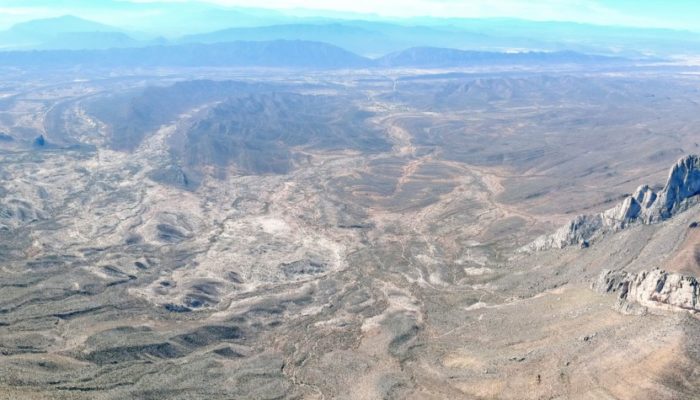Introduction There are always new things to learn about geology. Only today I discovered a stromatolite bed in a completely terrestrial setting. But behind any new discovery lies the logistic challenge in getting out into the field and, most importantly, staying safe. Over the years I have led many field trips and spent months in the field, mostly successful but with numerous hiccups along the way ...[Read More]
The effects of water pollution on tiny algae
With an increase in the Earth’s population, development and industrialization are taking place rapidly and these get the major source of water contamination. Heavy metals are one of the most toxic contaminants of the aquatic ecosystems. Increasing industrialization and anthropogenic activities are causing an increasing pollution in soils and water. More than 100,000 chemicals are used commercially ...[Read More]
The unique exposures of El Gordo Diapir, one of the best places on Earth to improve our understanding of salt tectonics, will be destroyed by mining extraction. Would this be a geological site to protect because of its scientific interest?
This article aims to gather support from public or private organizations and individuals so we can convince the Secretariat of Environment and Natural Resources and the National Commission of Natural Protected Areas of Mexico to protect the area that covers El Gordo Diapir in Nuevo Leon, Mexico (https://www.gob.mx/conanp/). There is no intention to damage the image of any company that might have a ...[Read More]
Hacker attack led to spams on our SSP blog page
Dear Readers of the SSP Blog, Today, we detected suspicious and non-approved blog entries that were published in the name of one of our authors on the SSP blog webpage. We start from the premise that the release of these entries was a result of a hacking attack on the author’s computer/email post-box and immediately deleted the associated content from our webpage. Please apologise for any ...[Read More]


